The Blue Zones Diet: Benefits, Foods To Eat & Avoid, And Recipes
Know about the diet plan that improves life expectancy with a holistic approach.

Image: Shutterstock
All of us want to live a longer and healthier life. While our genetics and lifestyle factors influence our longevity, what if we say that tweaking your dietary approach may also help extend your life? That is what the blue zones diet is all about. This fascinating dietary concept is drawing significant attention from many health enthusiasts because of its effective results. This diet is inspired by the eating habits of people in the regions where a noteworthy proportion of the population lives to be 100 years old. This article delves deep into the concept of the blue zones diet and the regions with the longest life expectancy, the mechanism of this dietary approach, a detailed breakdown of the food list, and meal ideas that align with this dietary approach. Scroll down to learn more.
 The Blue Zones Diet
The Blue Zones Diet- Principle: A dietary approach that emphasizes the intake of plant-based foods and whole grains and eating till 80% full.
- Purpose: To promote longevity and health.
- Who It Is For: Those seeking a balanced dietary approach focussing on wellness and longevity
- Duration: Long term
- Who Should Avoid: Individuals with kidney problems or with allergies or other dietary restrictions.
- Cons: Requires continued dietary adjustments and persistent lifestyle changes.
In This Article
What Is The Blue Zones Diet?

The blue zones diet is more of a dietary and lifestyle approach inspired by regions worldwide where people consistently live remarkably long and healthy lives. It primarily involves the consumption of plant-based and whole foods, including vegetables, fruits, legumes, and grains. However, the diet also encourages moderate intake of lean proteini Refers to the foods that are high in protein and low in fat content and calories. They do not raise cholesterol levels. sources such as fish and poultry and limits dairy and red meat consumption. Practicing mindful eating (by following the 80% rule) and engaging in regular physical activities are essential aspects of this diet (1). Its ultimate objective is to promote longevity and overall well-being through a balanced and sustainable lifestyle and dietary choices.
The blue zones, where longevity is a way of life, serve as real-world inspirations for the blue zones diet and its principles and practices. Learn more about these regions in the next section.
Key Takeaways
- The blue zones diet is a dietary and lifestyle approach inspired by the lifestyle of people in regions with higher rates of life expectancy.
- It emphasizes consuming plant-based and whole foods, and little to moderate consumption of lean proteins.
- This dietary approach emphasizes mindful eating or eating to 80% full, and promotes social bonding and rituals that boost social connectedness.
Where Are The Blue Zones?
The blue zones refer to the geographic areas where the residents have a longer life expectancy (100 years or more) and an extremely low rate of chronic diseases. Currently, only five regions are recognized as blue zones. These are:
- Okinawa (Japan)
- Sardinia (Italy)
- Nicoya Peninsula (Costa Rica)
- Icaria (Greece)
- Loma Linda (California, USA)
Each of these regions has its unique dietary traditions and cultural practices that contribute to the exceptional longevity of its residents (2).
These unique regions are gaining the interest of many diet enthusiasts. Unlike other diets, the blue zones diet is a long-term, holistic approach to a healthier life. Other than dietary changes, it also requires making lifestyle adjustments. Keep reading to understand how it works.
How Does The Blue Zones Diet Work?
- Prioritizes Whole Foods: In blue zones, people mainly eat whole, unprocessed foods like fresh vegetables, fruits, whole grains, legumes, and lean proteins. These foods are packed with nutrients, supporting overall health and improving longevity (1), (3).
- Focuses On Plant-Based Foods: Although it is not strictly vegetarian, the blue zones diet emphasizes plant-based eating. Beans and lentils are the major protein sources, while fruits and vegetables offer vitamins, minerals, and fiber for maintaining body functions (4).
- Eliminates Processed Foods: People in the blue zones steer clear of highly processed foods full of refined sugars, salt, unhealthy fats, and additives. These foods can lead to chronic health issues and shorter life spans by increasing the risk of stroke (5).
- Promotes Mindful Eating: Blue zones residents often eat mindfully, enjoying their meals in a relaxed, social setting. Moreover, they eat only till they are 80% full. This approach to eating promotes a healthy relationship with food and helps prevent overeating (1).
- Limits The Consumption Of Meat And Dairy: In this diet, meat and dairy consumption is moderate with a preference for lean meat and low-fat dairy. However, it limits or excludes red and processed meat, as they may increase the risk of ischemic heart ischemic heart diseasei Heart condition caused by narrowed arteries that limit blood flow, causing chest pain and heart attacks. (6). For instance, the residents of some blue zones, like Loma Linda, embraced vegetarian diets.
, a Registered Dietitian, says, “The Blue Zones do each animal protein. In fact two of the Blue zones (Costa Rica and Sardinia eat mostly pork and lamb). For example, eggs are consumed in all 5 Blue Zones. Pork, chicken, or lamb are consumed in most of them with Loma Linda being vegetarians. It is true however that they prioritize plants and do not focus on animal protein as the main part of a meal or even eat it daily.”
- Fosters Social Connections: People in the blue zones believe in maintaining strong social bonds and promoting a sense of community. This social support network is a vital aspect of their lifestyle, as it helps reduce stress and boost mental well-being.
- Promotes Physical Activity: Staying physically active is a natural part of daily life in the blue zones. Whether it’s walking, gardening, or other activities, regular movement is crucial for overall well-being.
 Did You Know?
Did You Know?These basic principles of this diet are responsible for the benefits it offers. Check them out in the section below.
Benefits Of The Blue Zones Diet

1. May Improve Longevity
The blue zones diet focuses on the intake of plant-based foods and whole grains. Fruits, vegetables, and whole grains reduce the rate of chronic health conditions and metabolic syndromesi A group of conditions such as high blood pressure, high blood sugar, and cholesterol levels, which increase the risk of heart disease. like diabetes, hypertension, and heart diseases. This helps reduce mortality and boosts longevity (7). In addition to this, the blue zones diet also emphasizes regular physical activity that can promote lifespan and overall well-being (8).
2. May Improve Heart Health
Other than lifestyle factors, dietary choices affect heart health in many ways. Consuming a plant-based diet and reducing intake of animal products and refined carbs are linked to better cardiovascular health. This is because a plant-based diet is loaded with antioxidants, which are crucial for reducing oxidative stress. Meat items and refined products, on the other hand, come with a range of side effects. People residing in the blue zones have a very rare incidence of heart disease, mostly because they consume a wide variety of plant-based foods (9).
3. May Help With Weight Management
If you are aiming to lose weight or maintain a healthy weight, the blue zones diet is a wise choice. It primarily focuses on nutritious foods like fresh veggies, whole grains, fruits, and lean protein sources, which are great options for weight maintenance (10). Consuming more high-bulk, low-calorie density foods, such as vegetables, fruits, whole grains, and beans, and fewer calorie-dense foods, like cheese, and fats boost satiety and may help reduce food and calorie intake (11). In addition, the blue zones diet promotes mindful eating, which helps prevent overeating, indirectly aiding in effective weight management.
4. May Help Improve Mental Health
Dietary changes may positively impact mental well-being. Consuming a plant-based diet can improve physical health, which also impacts mental health. Moreover, when you feel healthy inside-out, it also leads to improved health behaviors such as healthy sleeping patterns, satisfaction with life, reduced anxiety levels, etc. All these aspects may significantly improve mental well-being (12). Moreover, the lifestyle in the blue zones highly emphasizes social bonding, which also has some positive impact on mental health. However, more studies are required in this aspect.
5. May Reduce The Risk Of Chronic Illness
Adopting the blue zones diet is linked to reduced occurrences of chronic illnesses such as diabetes, cancer, and hypertension. Consuming plant-based foods helps promote a healthy gut microbiome, which helps in better nutrient absorption. This may help reduce inflammation, which is associated with metabolic and chronic diseases. Moreover, plant-based foods may effectively lower the levels of LDL cholesteroli Stands for low-density lipoprotein or bad cholesterol, which is a harmful cholesterol in the blood. and triglyceridesi The most common type of fat found in the blood. They come from the food we eat, like butter and oils. , thus helping maintain blood pressure and heart health (13).
To reap all these benefits, one must know which foods are to be included and what to be excluded when following a blue zones diet. These are listed in the section below. Check them out.
Foods To Eat And Avoid On The Blue Zones Diet

Foods To Eat
- Vegetables: A vibrant array of vegetables, including leafy greens, broccoli, and sweet potatoes
- Fruits: Diverse fruits such as berries, papayas, bananas, and apples
- Whole Grains: Grains like brown rice, oats, millet, and quinoa
- Legumes: Beans and lentils
- Nuts And Seeds: Almonds, hazelnuts, and flaxseeds
- Fish: Fatty fish like salmon
- Healthy Fats: Extra virgin olive oil
- Herbs And Spices: Garlic, thyme, basil, and turmeric
- Dairy Products (optional): Low-fat milk or fermented dairy products such as yogurt
 Did You Know?
Did You Know?Foods To Avoid
- Processed Foods: Sugary beverages, packaged fruit juices and crackers, soda, ready-to-eat foods, and fried foods
- Red And Processed Meats: Beef, pork, bacon (14)
- Refined Grains: White rice, white flour, and breakfast cereals
- Dairy Products: Full-fat milk products, butter, and cow’s milk (15)
Note:
People in a few blue zones drink moderate amounts of wine and alcoholic beverages. Drinking red wine in moderation reduces the risk of cardiovascular diseases (16). However, avoid excess consumption.
The following section contains a sample meal plan to help you get an idea of how you may kickstart your blue zones diet. Remember that it is just for reference and always consult a nutritionist to ensure your meals and balanced.
The Blue Zones Diet Sample Meal Plan

Day 1
| Meals | What To Eat |
| Breakfast | 2 Scrambled eggs with sautéed spinach and tomatoes and a cup of herbal tea |
| Lunch | 1 bowl of quinoa and black bean salad, a cup of grilled vegetables, and a cup of herbal tea |
| Snack | A handful of unsalted nut mix |
| Dinner | 1 serving of baked salmon seasoned with herbs, 1 cup of brown rice or quinoa, and 1 cup of steamed broccoli |
Day 2
| Meals | What To Eat |
| Breakfast | 2 slices of whole grain avocado toast, a small bowl of mixed berries, and 1 cup of herbal tea |
| Lunch | 1 bowl of butternut squash soup |
| Snack | A cup of sliced carrots with hummus dip |
| Dinner | 1 serving of baked salmon with potato and corn salad |
Day 3
| Meals | What To Eat |
| Breakfast | 1 bowl of blueberry yogurt oats |
| Lunch | 1 bowl of carrot and lentil soup and ½ cup of Greek salad |
| Snack | ½ cup of roasted chickpeas |
| Dinner | 1 bowl of grilled vegetables with ½ cup of bean mash |
You may enjoy a small piece of dark chocolate and drink a glass of red wine occasionally.
You can also try out a wide range of delicious recipes along with the ones mentioned in this diet plan. Check out the section below.
Blue Zones Diet Recipes
1. Lentil And Vegetable Stir-Fry
Ingredients
- 100 g of cooked green or brown lentils
- 200 g of vegetables (combined) (broccoli, carrots, bell peppers)
- 1 teaspoon of low-sodium soy sauce
- 1 teaspoon of fresh ginger, minced
- 4- 5 garlic cloves, minced
- 4 tablespoons of olive oil or sesame oil for stir-frying
How To Prepare
- Heat oil in a pan over medium-high flame.
- Add minced garlic and ginger; saute for a minute.
- Add the vegetables and stir-fry them until they turn slightly golden and crisp.
- Add the cooked lentils and stir for a minute.
- Drizzle with low-sodium soy sauce.
- Stir-fry until well combined, and serve hot.
2. Greek Quinoa Salad

Ingredients
- 1 cup of cooked quinoa
- 4 cherry tomatoes, halved
- 1 medium cucumber, diced
- 1 red onion, finely chopped
- 4-5 Kalamata olives, pitted and sliced
- 15 g of feta cheese, crumbled (optional)
- 1 tablespoon of fresh parsley leaves, chopped
For the dressing:
1 tablespoon of olive oil, 1 teaspoon of lemon juice, a pinch of dried oregano, salt, and pepper (as per taste)
How To Prepare
- In a bowl, combine cooked quinoa, chopped red onion, diced cucumber, sliced Kalamata olives, halved cherry tomatoes, and crumbled feta cheese if desired.
- In a separate bowl, whisk dried oregano, lemon juice, olive oil, salt, and pepper for the dressing.
- Sprinkle this dressing over the salad and gently toss to combine well.
- Add chopped fresh parsley and serve.
3. Fruit Salad With Citrus Dressing
Ingredients
- 200 g of mixed fruits (berries, oranges, grapes, kiwi, pineapple, and apples)
- Juice of 1-2 fresh oranges
- Juice of 1 fresh lemon
- 1 teaspoon of honey or agave syrup (optional)
- Fresh mint leaves for garnish
How To Prepare
- Wash, peel (if needed), and chop your assortment of fruits into bite-sized pieces.
- In a small bowl, combine the fresh orange juice and lemon juice. Add honey or agave syrup if you prefer a sweeter dressing.
- Drizzle the citrus dressing over the fruit salad and gently toss to coat all the fruits.
- Garnish with fresh mint leaves for a fresh flavor.
- You can have this as a dessert or snack.
The blue zones diet is quite similar to the Mediterranean diet and share common characteristics, even though the foods could be quite different (as per the zones). Let’s take a look at the key aspects of these diets.
Blue Zones Diet Vs. Mediterranean Diet
| Key Aspects | Blue Zones Diet | Mediterranean Diet |
|---|---|---|
| Origin | Inspired by dietary habits followed in diverse regions like Okinawa, Japan, and Nicoya Peninsula, Costa Rica. | Originates from Mediterranean countries like Greece, Italy, and Spain |
| Primary Focus | Plant-based foods and whole grains. | Plant-based foods, including vegetables, fruits, grains, and legumes. |
| Meat And Dairy Restrictions | Encourages limited lean meat and low-fat dairy consumption. | Permits moderate consumption of fish, poultry, and dairy products. |
| Fat Sources | Typically uses olive oil as the primary source of healthy fat. | Relies on olive oil as the primary source of healthy fat. |
| Alcohol Consumption | Allows moderate red wine consumption (only in a few blue zones). | Encourages moderate consumption of red wine with meals. |
| Lifestyle Practices | Promotes mindful eating and social connections and emphasizes regular physical activity. | Embraces physical activity and communal dining. |
| Health Benefits | Linked to longevity and overall well-being. | Known for its association with heart health and longevity. |
Infographic: A Guide To The Blue Zones Diet
The blue zones diet is gaining the attention of many diet and health enthusiasts. It draws inspiration from the life choices of the people living in regions termed the “blue zones,” where people have a higher life expectancy. This dietary and lifestyle approach offers an array of other health benefits. The infographic below summarizes the key aspects and benefits of the diet. Take a look.

Illustration: StyleCraze Design Team
The blue zones diet is modeled after the lifestyle of people who live in regions known as the “Blue Zones,” where residents tend to enjoy healthier lives and the lifespan of many extends even up to 100 years or more. This dietary approach majorly focuses on consuming plant-based foods and moderate intake of lean protein, with a special emphasis on regular physical activity and social bonding. All these factors contribute to a healthy body and healthy mind, leading to reduced risk of chronic illnesses, and better heart and mental health, which are crucial for improving your life expectancy. While it is good to make healthier life choices, ensure you consult with the doctor before making any changes to your diet or starting a new diet. If you have any specific health conditions, dietary restrictions, or allergies, working with a healthcare professional will ensure to reduce the risk of any side effects.
Frequently Asked Questions
How can I begin integrating blue zones diet principles into my daily life?
You can start by prioritizing whole foods, daily movement, and meaningful connections. Practice gratitude, manage stress, and find purpose. Try meal-prepping with blue zone-inspired recipes and slowly cut back on processed foods in your diet.
What are some common mistakes that people make when trying to follow the blue zones diet?
People often make common mistakes like neglecting portion size, overlooking social aspects, not exercising regularly, and not embracing the other healthy lifestyle elements emphasized in blue zones diet.
Are there specific cooking methods associated with the blue zones diet?
Yes, the diet favors light cooking methods such as steaming, grilling, and sautéing to preserve the nutritional value of foods.
Can children and teenagers follow the blue zones diet?
Although there is no clear evidence in support of the blue zones diet for children, teenagers can follow this diet. However, age-appropriate guidance may be needed.
Is the blue zones diet appropriate for individuals with food allergies or intolerances?
It can be suitable, but adjustments are necessary to avoid specific allergens and accommodate intolerances. Consult a doctor before starting this diet.
What are some common misconceptions about the blue zones diet?
People often think that the blue zones diet has strict restrictions regarding food choices, which is not true, since it includes a diverse range of foods inspired by different regions across the world. Also, another common misconception is the belief that it’s only for older adults when people of almost all ages can benefit from its principles.
Illustration: Blue Zones Diet: Food List Recipes & Tips For A Longer Life
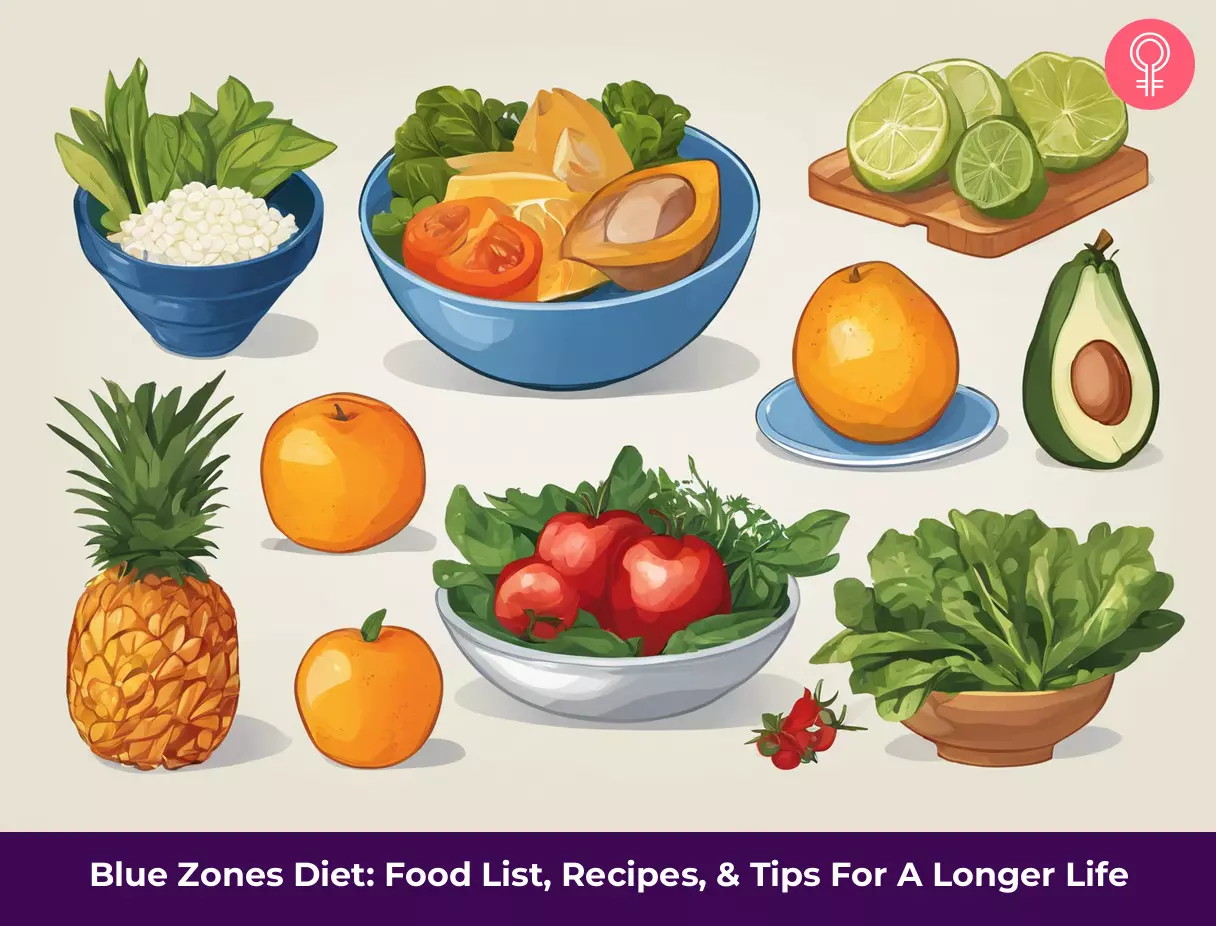
Image: Stable Diffusion/StyleCraze Design Team
There are a few interesting practices followed by people in the blue zones that help them live longer. Check out the video below from a fitness expert to know what they are.
References
Articles on StyleCraze are backed by verified information from peer-reviewed and academic research papers, reputed organizations, research institutions, and medical associations to ensure accuracy and relevance. Read our editorial policy to learn more.
- Lessons from the Blue Zones
https://www.ncbi.nlm.nih.gov/books/NBK298903/ - Blue Zones
https://www.ncbi.nlm.nih.gov/pmc/articles/PMC6125071/ - Estimating impact of food choices on life expectancy: A modeling study
https://www.ncbi.nlm.nih.gov/pmc/articles/PMC8824353/ - Role of plant-based diets in promoting health and longevity
https://pubmed.ncbi.nlm.nih.gov/35914402/ - The Hidden Dangers of Fast and Processed Food*
https://www.ncbi.nlm.nih.gov/pmc/articles/PMC6146358/ - Consumption of Meat, Fish, Dairy Products, and Eggs and Risk of Ischemic Heart Disease
https://www.ahajournals.org/doi/10.1161/CIRCULATIONAHA.118.038813 - Vegetarian Dietary Patterns and Mortality in Adventist Health Study 2
https://www.ncbi.nlm.nih.gov/pmc/articles/PMC4191896/ - Does Physical Activity Increase Life Expectancy? A Review of the Literature
https://www.ncbi.nlm.nih.gov/pmc/articles/PMC3395188/ - An Evidence Base for Heart Disease Prevention Using a Mediterranean Diet Comprised Primarily of Vegetarian Food
https://pubmed.ncbi.nlm.nih.gov/37489789/ - Description of Lifestyle, Including Social Life, Diet and Physical Activity, of People ≥90 years Living in Ikaria, a Longevity Blue Zone
https://www.ncbi.nlm.nih.gov/pmc/articles/PMC8296328/ - A Whole Food Plant-Based Diet Is Effective for Weight Loss: The Evidence
https://www.ncbi.nlm.nih.gov/pmc/articles/PMC7444011/ - Blue Zones-Based Worksite Nutrition Intervention: Positive Impact on Employee Wellbeing
https://www.ncbi.nlm.nih.gov/pmc/articles/PMC8879318/ - Vegetarian Diet: An Overview through the Perspective of Quality of Life Domains
https://www.ncbi.nlm.nih.gov/pmc/articles/PMC8069426/ - Red and Processed Meats and Health Risks: How Strong Is the Evidence?
https://www.ncbi.nlm.nih.gov/pmc/articles/PMC6971786/ - Consumption of Dairy Foods and Cardiovascular Disease: A Systematic Review
https://pubmed.ncbi.nlm.nih.gov/35215479/ - Moderate red wine intake and cardiovascular health protection: a literature review
https://pubmed.ncbi.nlm.nih.gov/37403999/
Read full bio of Mary Sabat
Read full bio of Aparna Mallampalli
Read full bio of Ravi Teja Tadimalla
Read full bio of Sindhu Koganti






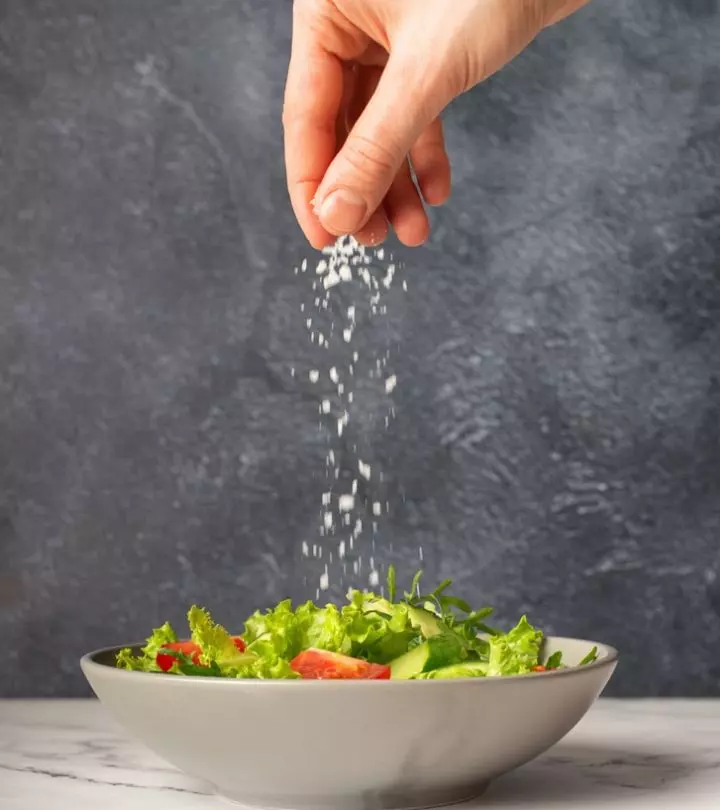


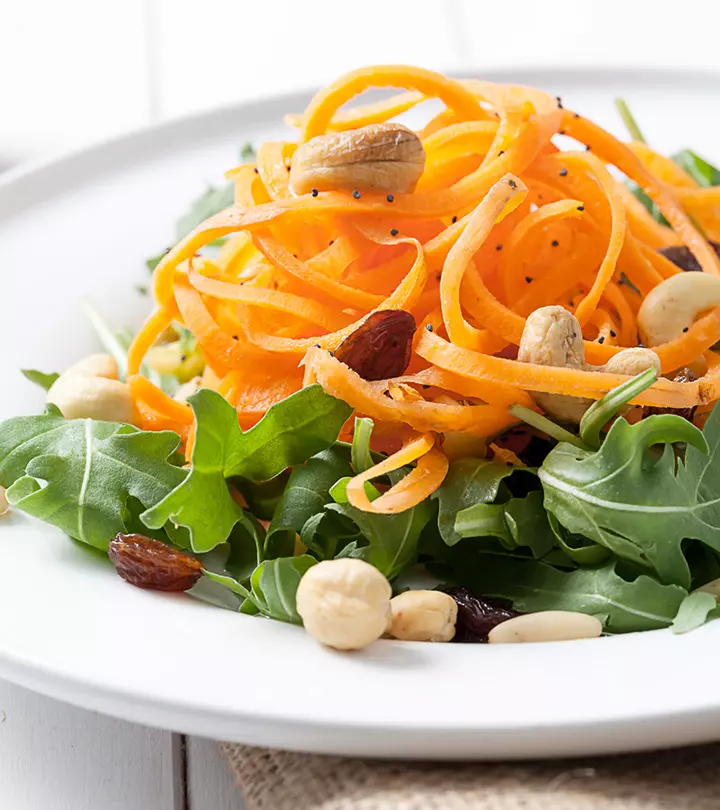
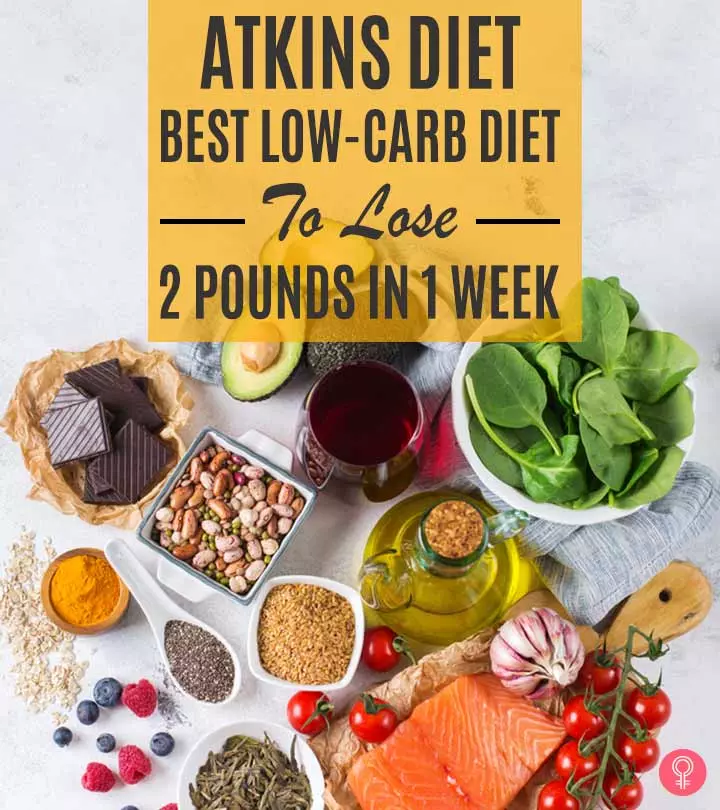

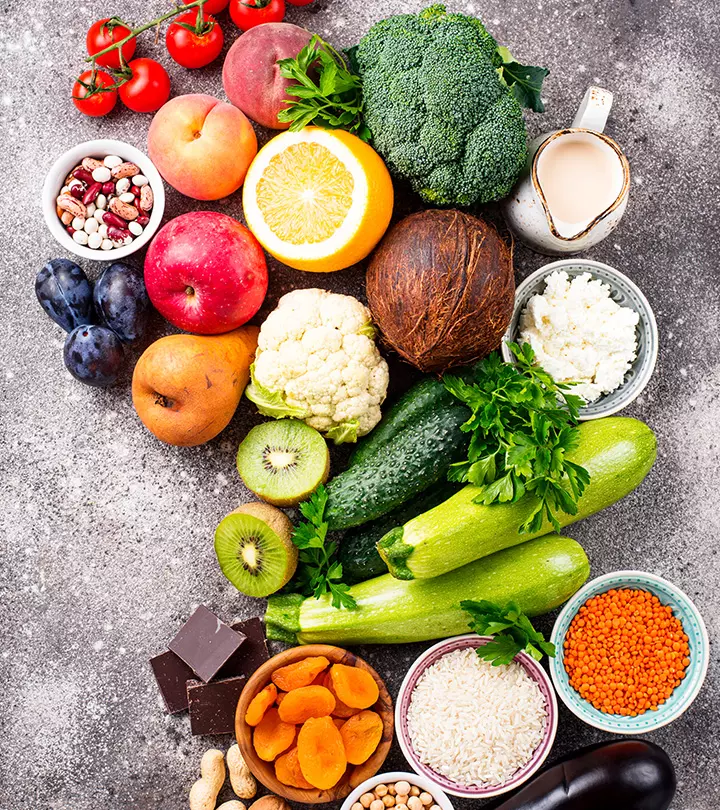
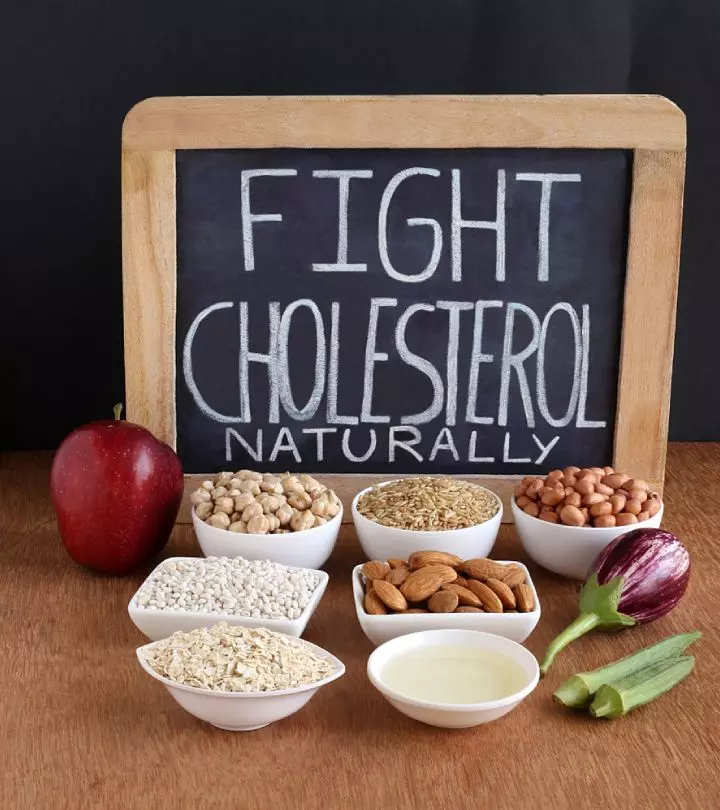
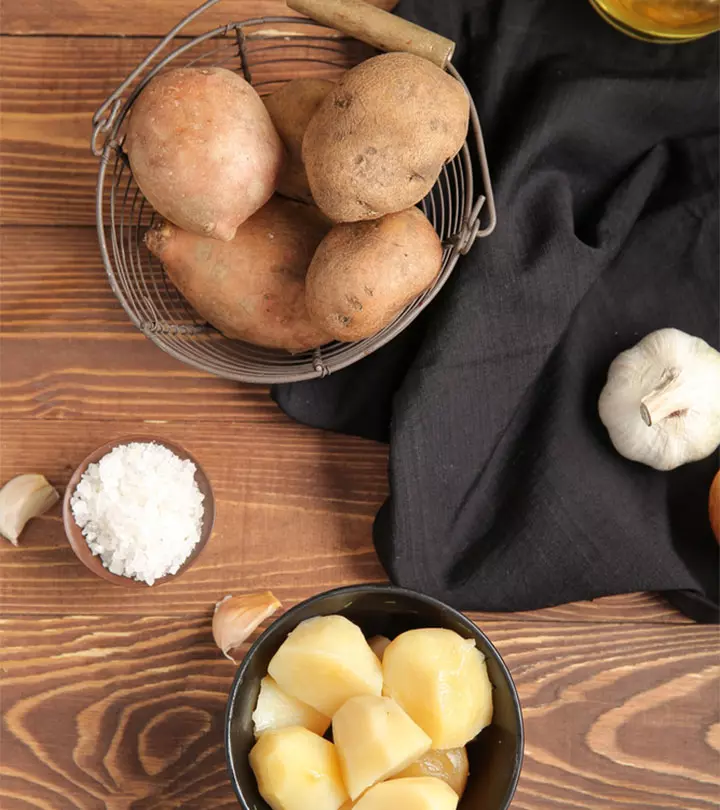





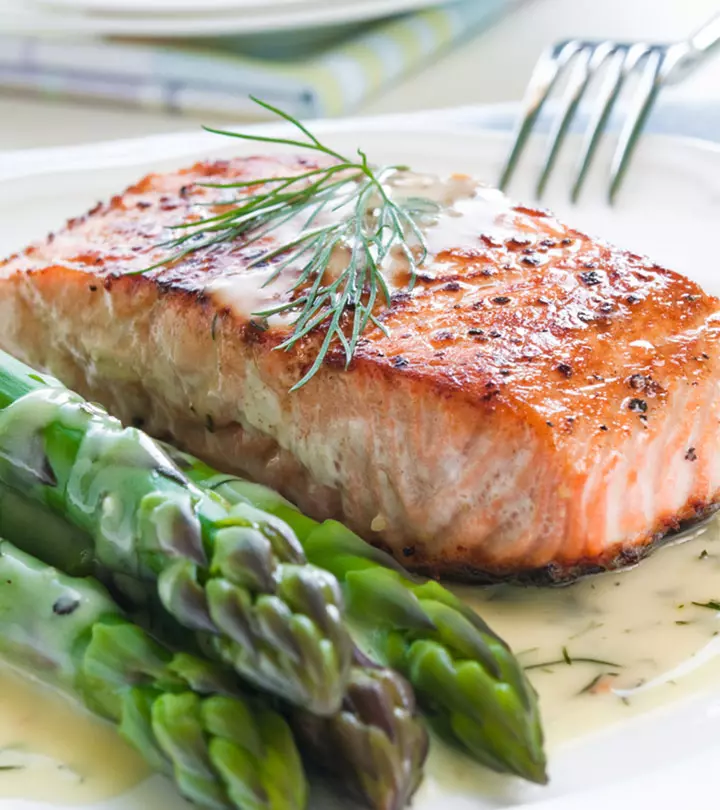



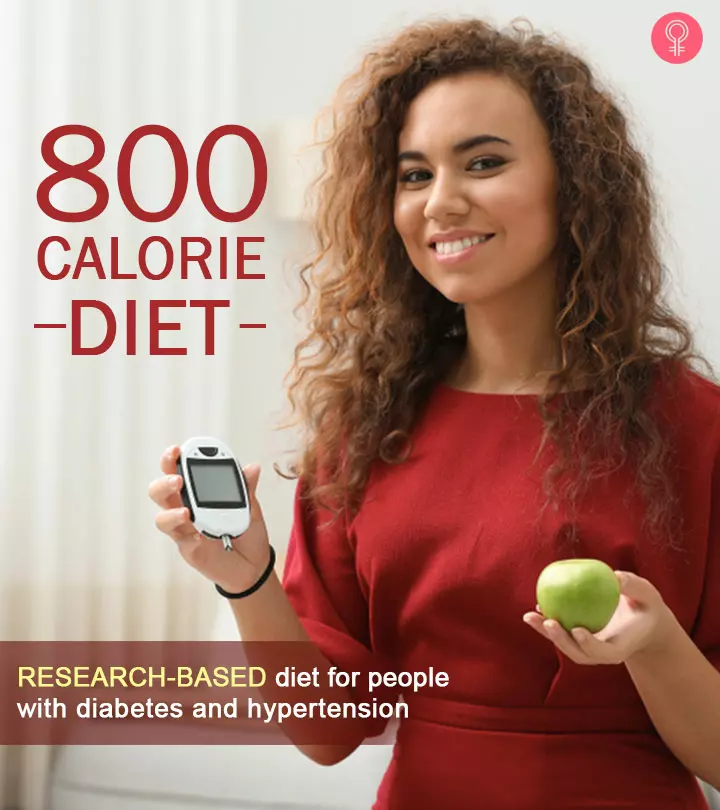

Community Experiences
Join the conversation and become a part of our empowering community! Share your stories, experiences, and insights to connect with other beauty, lifestyle, and health enthusiasts.